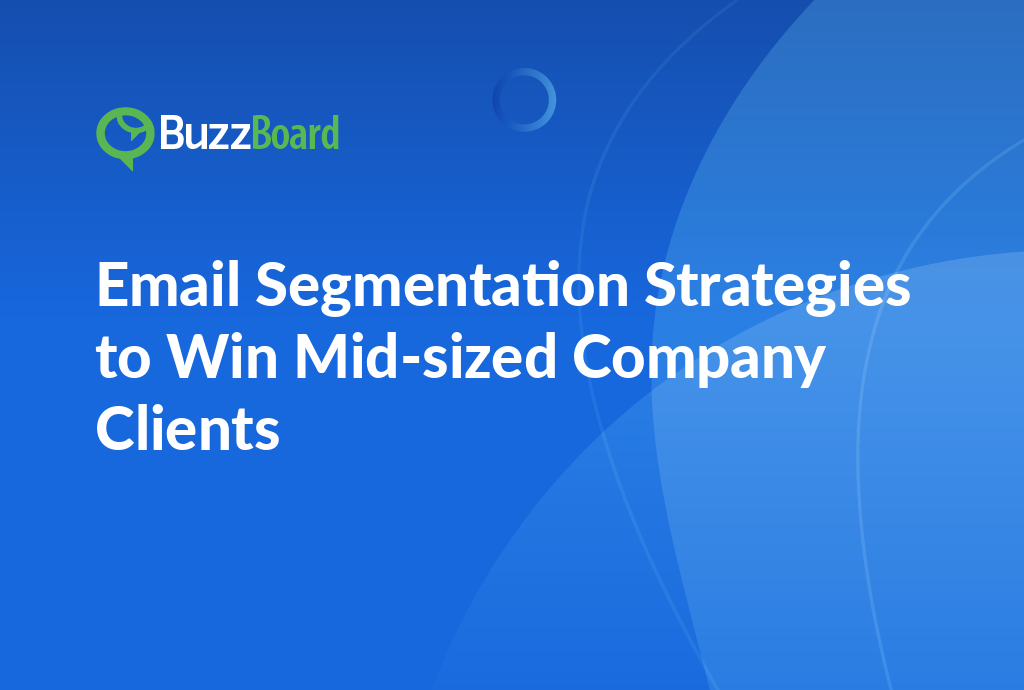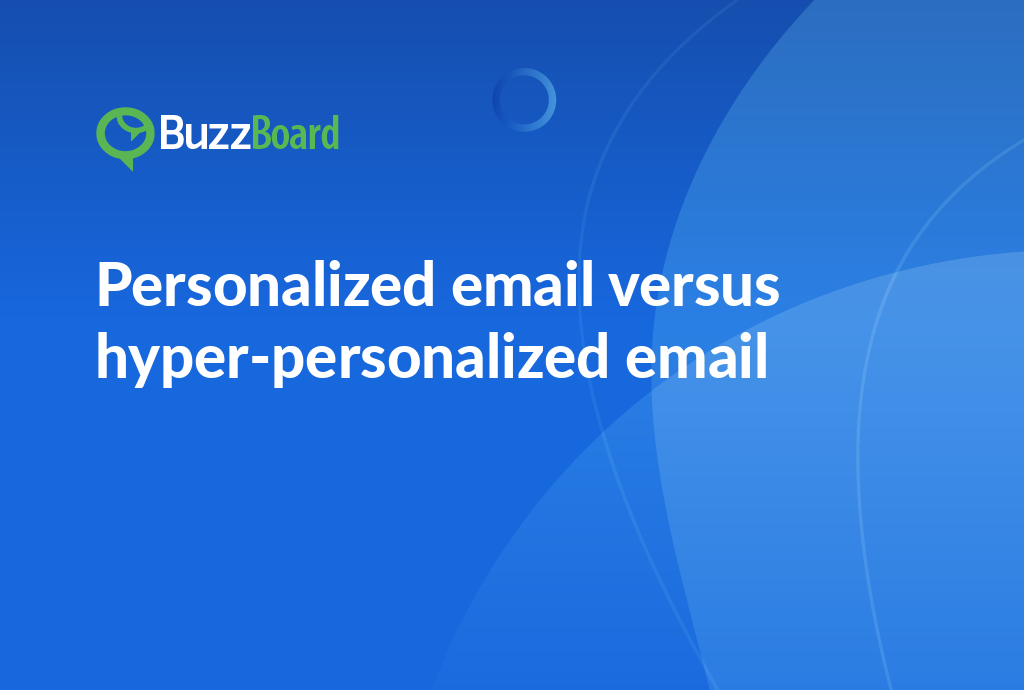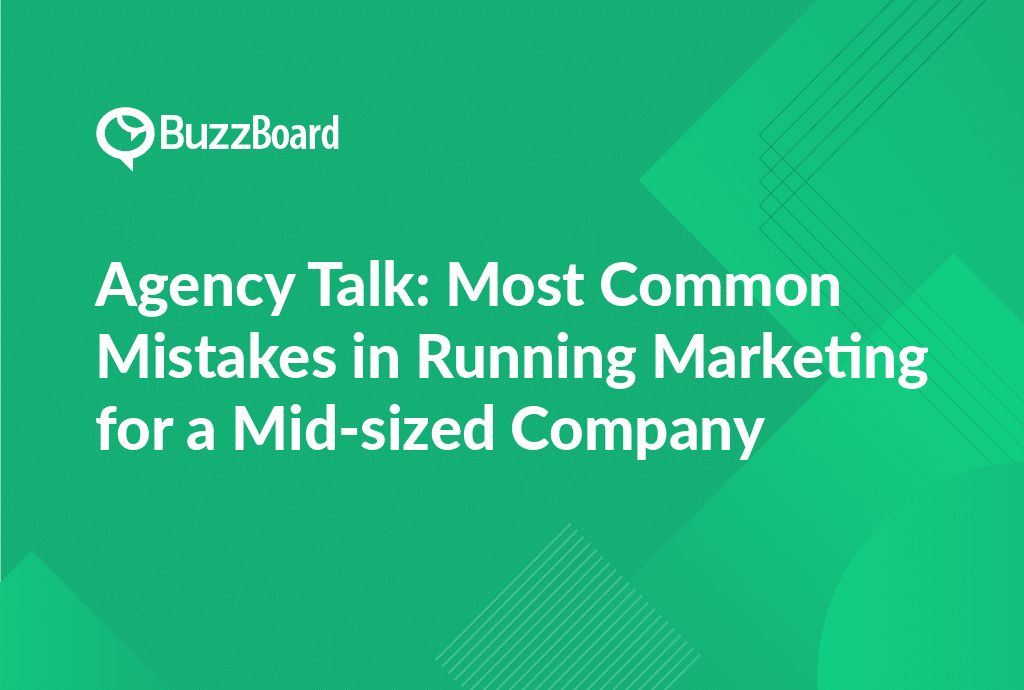How to Develop Effective Email Segmentation Strategies When Targeting Mid-Sized Companies
Developing effective email segmentation strategies is critical for securing mid-sized company clients. Success in email marketing begins with segmenting email lists, providing customized and relevant content to each portion of your audience.
Segmenting email lists improves engagement rates and reduces unsubscribe rates. As noted by Mailchimp, marketers deploying segmented campaigns can see up to a 100% increase in click-through rates. So how can this strategy be implemented when targeting mid-sized companies?
Begin by analyzing your audience. Understand the demographic characteristics of the businesses you’re working with, such as their industry type, company size, and decision-making hierarchy. This email list segmentation will allow direct targeting of these unique traits within the company.
Next, evaluate past interactions. It’s essential to know what content has resonated with this demographic to guarantee future success. This adds flexibility to your targeting strategies, improving the probability of campaign success.
Lastly, strategic segmentation enhances conversion rate optimization. By offering tailored content to each client, you’ll not only improve their experience but also maximize conversion chances.
Remember, successful email marketing hinges on thoughtful segmentation. This can revolutionize your relationship with mid-sized company clients, optimizing conversion rates, and establishing a mutually advantageous situation.
The Benefits and Impact of Segmenting Email Lists for Attracting Mid-Sized Company Clients
The intelligent use of email segmentation strategies can dramatically influence the acquisition of mid-sized company clients for your digital marketing agency. Segmenting email lists allows you to disseminate highly personalized and pertinent content to various subscriber groups, significantly enhancing the effectiveness of your campaigns.
Studies reveal that highly personalized emails can elevate click-through rates by an average of 14% and conversions by 10%. This highlights the value of email list segmentation in improving outreach efficiency to targeted mid-sized companies.
Dividing your email lists into distinct categories, such as demographics, geographical location, behavior, and purchase history, will enable you to create and distribute more tailored, relevant, and engaging content. Consequently, you boost engagement, cultivate robust client relationships, and augment your conversion rates.
Effective targeting strategies necessitate comprehensive knowledge about your mid-sized company clients. It’s key to comprehend their specific issues, objectives, obstacles, and current purchasing experiences.
Moreover, utilize analytical data to continuously monitor and measure engagement and conversion rates. This data can then aid you in fine-tuning your email segmentation strategies for maximum efficacy.
Keep in mind, segmenting email lists is a trial-and-error process, but it’s a potent method to draw in mid-sized company clients when executed properly.
Insights Into the Role of Email List Segmentation and Targeting Strategies in Enhancing Conversion Rate Optimization
The role of email list segmentation and targeting strategies continues to be critical in enhancing conversion rate optimization (CRO). For sales representatives at digital marketing agencies serving small and local businesses, understanding these strategies is essential in attracting mid-sized company clients.
Email segmentation strategies involve breaking down your email list into smaller, targeted groups. This encourages the sending of personalized emails addressing each segment, resulting in high engagement and improved conversion rates. A recent study by MailChimp revealed that segmented email campaigns had 14.31% more opens and 100.95% more clicks compared to non-segmented campaigns.
As a sales representative, utilizing email list segmentation for mid-sized companies can be particularly influential in gaining clients. Small business clients aspiring to expand into mid-sized companies would likely want to emulate these successful segmentation strategies, providing leverage in your pitching process.
Alternatively, targeting strategies ensure you are reaching the appropriate audience with relevant content at an optimal time. For example, if a mid-sized tech company is your target, your email content should speak directly to their specific needs and challenges.
CRO, or Conversion Rate Optimization, results when these approaches lead to their intended outcomes. A well-segmented and targeted email marketing campaign not only boosts open and click rates but also enhances conversions—the ultimate goal for businesses of any size.
Case Studies on Successful Email Segmentation Strategies That Won Mid-Sized Company Clients
Email segmentation strategies play a pivotal role in securing mid-sized company clients. The efficacy of these strategies relies on the precise division of email lists, a technique that enables businesses to communicate effectively with specific demographics within their expansive customer base.
An inspiring illustration of this strategy’s effectiveness is Artbees, a global software company. They shrewdly segmented their subscribers based on behaviors and preferences, tailoring their emails to appeal to these subsets. Subsequently, they saw a 120% increase in overall user engagement. Additional details about this victorious strategy can be found here.
Examining successful targeting strategies, like this one, can optimize conversion rates—a crucial element for securing mid-sized companies. Understanding how a company’s products or campaigns engage with targeted demographics enables the development of future marketing strategies, enhancing overall engagement and conversion rates.
The first significant step in leveraging email segmentation strategies and successful targeting is to create detailed and segmented email lists. Services like MailChimp offer valuable resources for these tasks, supplying the necessary tools and expertise to navigate this intricate yet game-changing aspect of digital marketing.
Mastering email segmentation strategies and conversion rate optimization can be intricate, but the payoff is substantial. Successfully capturing mid-sized companies needs a profound understanding of your audience and the capability to create targeted messages that strike an echo.
Evolution of Email Segmentation Strategies and What’s Next for Digital Marketers Targeting Mid-Sized Companies
The landscape of email segmentation strategies has undergone a considerable evolution, particularly for digital marketers targeting mid-sized organizations. Understanding these changes enables us to formulate personalized tactics to win clients from mid-sized companies.
For instance, the segmentation of email lists has evolved beyond simple classifications like age, geographical location, or purchasing history. Modern digital marketers employ behavioral segmentation techniques, examining factors such as online behavior, acquisition channels, and users’ actions on websites.
Segmentation aids in crafting targeting strategies centered on delivering personalized content to each subscriber group. This personalization enhances the pertinence of your marketing messaging—a crucial element as personalization is demonstrably linked to increased engagement and ultimately, customer loyalty.
Another key advancement in email segmentation is the increased focus on conversion rate optimization. Segmenting the audience and dispatching customized content enhances the likelihood of piquing interest and prompting action, hence, optimizing conversion rates.
What’s next for the field? Expect a heightened emphasis on automated segmentation powered by Artificial Intelligence (AI), with predictive analytics playing a crucial role in comprehending the subscriber’s behavior and preferences in real time.








